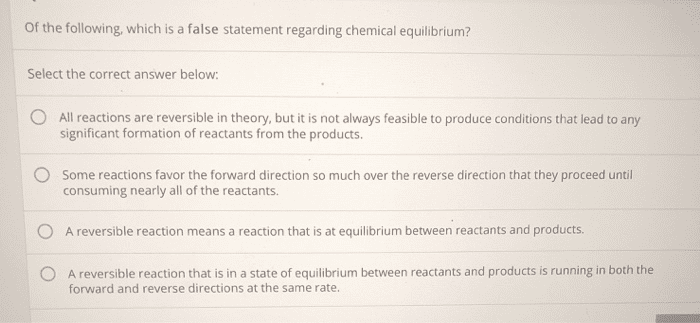CHEM 29402 Lecture Notes - Lecture 2: Dynamic Equilibrium, Reversible Reaction, Activation Energy
Document Summary
Chemical reactions can occur in both directions. (towards left and toward right). Two reactants can come together to form a product or a product can break up into two reactants. The speed/rate of a chemical is variable and is dependent on the conditions of its system. In order to start a reaction, there must be minimum amount of energy. A catalyst speeds up the rate of a reaction without it being consumed up in the reaction. A reversible reaction can reach equilibrium where the rate of the forward reaction. Therefore, a steady amount of substance is achieved. Dynamic equilibrium: when there is a steady state, there is a constant movement in the forward reaction and reverse reaction directions. Homogenous equilibrium: only gas products and reactants. Heterogeneous equilibrium: contains all 3 states (solid, liquid and gas) The amount of pure solids in a reaction does not affect its equilibrium. Stressor is applied to a system in equilibrium.


